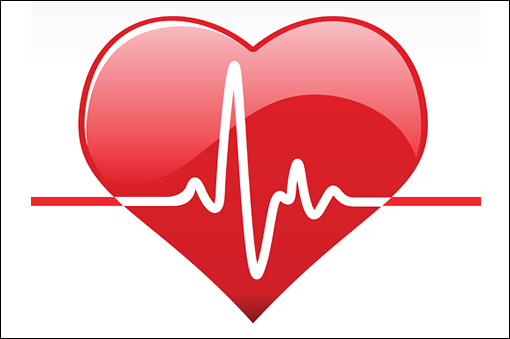Although all mammals have a heart, most of us know very little about this organ that keeps us alive. The truth of the matter is that the ticker is a pretty interesting body part that is capable of amazing things.

Here are seven interesting facts about the coronary aspect of the body.
- Tickers generate a lot of energy.
The average heart generates enough energy to drive a large vehicle 20 miles daily. Unbelievable as it is, over the course of a lifetime, this is the equivalent of driving to the moon and back!
- Hearts pump as hard as many kitchen faucets.
In order to equal the volume of blood pumped by the average person’s heart over the course of their life, a faucet would have to run full force for a minimum of 45 years!
- Fast and frequent wins the race.
No one can blame the heart for being slow; it beats 2.5 billion times during the course of an average lifetime. This also breaks down to 3.6 million times per year, or 72 times per minute.
- Tickers are small yet powerful.
The center of the human cardiac system weighs a mere 11 ounces. Yet, it manages to pump around 2,000 gallons of the red stuff through 60,000 blood vessel miles—and that’s just in one day!
- Babies’ coronary systems work faster than adults’ do.
Before a child even emerges from its mother’s womb, its heart is beating full speed ahead! A fetus’s heart rate goes about twice as fast as a grown-up: around 150 beats per minute.After 12 weeks in the womb, an unborn baby is pumping about 60 pints of blood through its heart daily.
- They can actually pump outside the body.
Your heart doesn’t actually have to be inside your body in order to work. Since it has an electrical impulse all its own, it can tick apart from the body (provided ample oxygen).
- The amount of blood pumped per minute varies.
Just like many other kinds of pumps, the heart goes at various rates depending on the person. While some cycle through five liters per minute, others can pump up to 30 liters in 60 seconds!
Although the heart is designed to withstand a lot, it does need assistance sometimes. Having a defibrillator on hand could help during cardiac arrest. To learn how to obtain one, check out sites like aedbrands.com.
Samantha really enjoys writing about health. If you’d like to learn more about aedbrands.com, please visit http://www.aedbrands.com/

